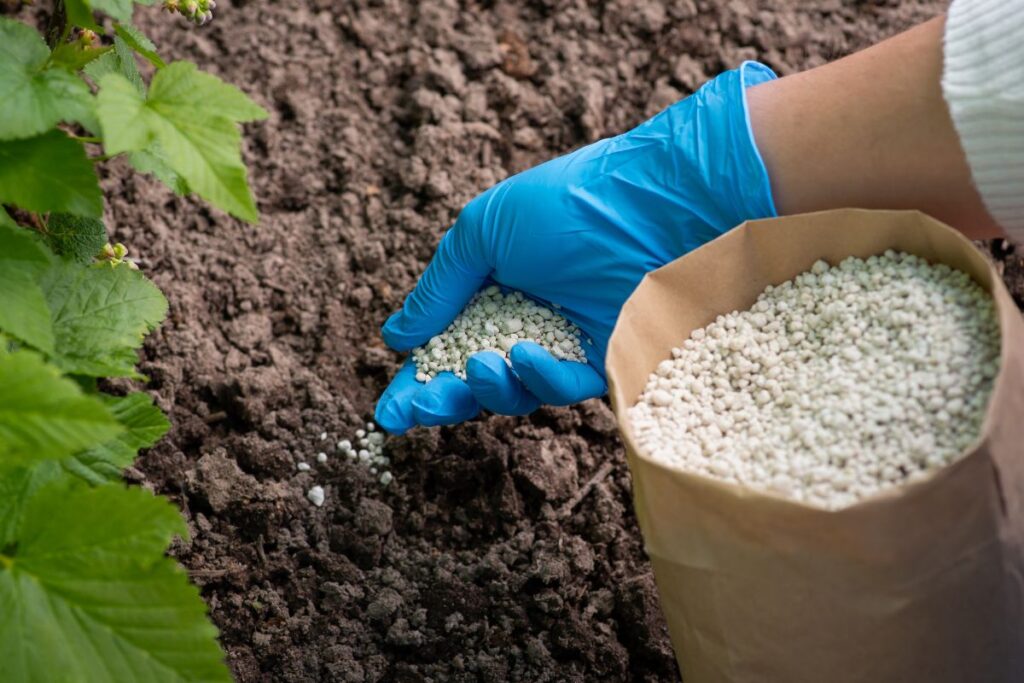Enjoying a lush, green lawn is an ambition shared by many homeowners. Spreading milorganite fertilizer can significantly contribute to achieving that dream. This article provides a comprehensive guide on using milorganite fertilizer effectively, ensuring your lawn becomes the envy of the neighborhood.
Understanding Milorganite Composition and Benefits
Milorganite, a unique slow-release organic nitrogen fertilizer, is made from heat-dried microbes. It has been used since 1926 for various purposes such as enhancing turf growth, ornamental plants, and even golf courses. The benefits of milorganite fertilizer are numerous and include:
- Slow release of nutrients, thus reducing the risk of chemical burn or quick leaching
- High iron content, which enhances the green color of your lawn
- Safe application around children and pets due to its non-toxic nature
- Environmentally friendly as it does not harm waterways and marine life
In essence, milorganite offers a reliable solution to your lawn’s fertilization needs.
Determining the Right Time for Milorganite Application
An effective milorganite application heavily relies on timing. Consequently, understanding your lawn type and location is crucial in determining the optimal period. Cool-season grasses, such as Kentucky bluegrass and fescue, thrive during early spring and fall when temperatures range between 60°F and 70°F. Warm-season grasses, like Bermuda and St. Augustine, prefer hotter weather conditions and flourish between late spring and summer.
In general, applying milorganite four times a year is recommended to maintain a vibrant green lawn. However, you need to give enough time between applications to allow grass recovery and avoid over-fertilizing. The following schedule can be adopted depending on your lawn type:
- Cool-season grasses: Apply milorganite during early spring, late spring, fall, and optionally in the summer if water supply is sufficient.
- Warm-season grasses: Spread milorganite during late spring, early summer, mid-summer, and early fall for best results.
Calculating the Correct Milorganite Application Rate
To achieve desired results, applying the right amount of milorganite fertilizer is crucial. Over-fertilization may lead to excessive growth and possible disease outbreaks, while insufficient application will not provide the required nutrients for optimal growth.
Milorganite packaging provides a standard recommendation of 32 pounds product per 2,500 square feet (sq ft) for general maintenance, containing about 1 pound of nitrogen per 1,000 sq ft. To calculate the correct application rate, measure the area of your lawn and multiply it by the recommended pounds per square footage. For example, if we wanted to fertilize a 5,000 sq ft lawn, we would need:
- 5,000 sq ft / 2,500 sq ft = 2 units of milorganite
- 2 units x 32 pounds = 64 pounds of milorganite required
Adjusting the Application Rate Based on Lawn Conditions and Season
The standard recommendations serve as a guideline, but specific adjustments may be necessary. Factors such as regional climate, soil composition, and overall lawn health affect the appropriate application dosage. Keep the following suggestions in mind when customizing your application rates:
- For established lawns with healthy soil, you can reduce the rate to 16 pounds product per 2,500 sq ft.
- For sandy soils or regions with heavy rainfall (leaching), it may be necessary to increase the rate slightly.
- If your lawn has a high clay content, consider lowering the application dosage since clay soils retain nutrients longer.
- In drought-prone areas or during water restrictions, avoid summer applications to prevent stressing the lawn.
Correctly Spreading Milorganite Fertilizer
Even distribution of milorganite fertilizer over your lawn is essential in preventing uneven growth and nutrient imbalances. Using a broadcast or rotary spreader will facilitate consistent spreading over large areas. Before getting started:
- Calibrate the spreader according to the manufacturer’s recommendations for milorganite.
- Divide the calculated amount of fertilizer into two equal portions.
- Plan on applying the first half of the fertilizer in one direction and the second half perpendicular to the initial pattern.
- Maintain moderate walking speed when pushing the spreader, ensuring consistency.
- Overlap each pass slightly to avoid strips or gaps between applications.
Tips for Enhancing Milorganite Application Efficiency
Observe these tips to optimize your milorganite distribution process and ensure maximum benefits from your fertilizer application efforts:
- Select an appropriate day: Choose a dry and calm day to avoid clumping or wind scattering respectively.
- Mow the lawn before application: This ensures proper contact between the granules and soil for efficient absorption of nutrients.
- Water the lawn after application: Irrigating the lawn post-fertilization will help dissolve the granules and speed up nutrient uptake.
- Store leftover milorganite correctly: Keep unused fertilizer in a dry, cool place to maintain quality for future applications.

